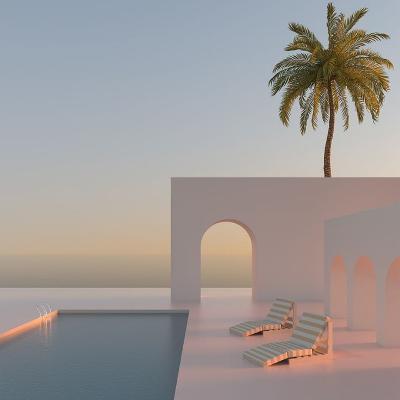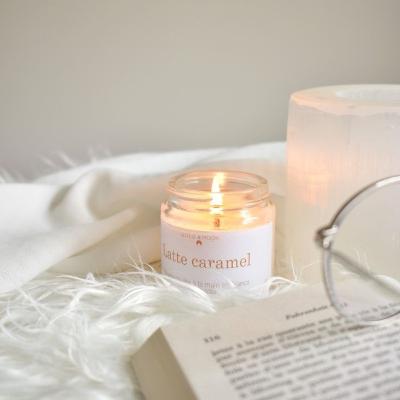Journal Week 6
Update: 2021-09-30
Description
Name : Azzahra Nur Azizah
NIM : 6411421008
Class : 1A
•
Hallo Everyone! In Journal Week 6, I took the theme of news about lava from an erupting volcano and ice stupas.
• Script :
✓ The first news with the title Toxic Gas Fears as Lava Reaches Ocean.
✓ Lava from an erupting volcano on Spain's La Palma island has reached the Atlantic Ocean, raising fears of toxic gases being released and explosions. Clouds of white steam were seen rising as a red-hot current made contact with the water in the Playa Nueva area. This could trigger a chemical reaction which can irritate the skin and eyes and affect breathing. When lava comes into contact with ocean water, it produces a gas plume known as laze - lava and haze. Laze forms through a series of chemical reactions as hot lava boils the colder sea water. It creates a steam of hydrochloric acid, water vapour and bits of ash. Obviously, it's not good to breathe in. Authorities have set up an exclusion zone around the lava, including in the sea, to keep people away from any potential danger.
•
✓ The second news with the title Aberdeen Scientists Develop Ice Stupas for Himalayan Water Crisis.
✓ An artificial glacier designed to solve a water crisis in the Himalayas is being developed by University of Aberdeen scientists. The glaciers - known as ice stupas. Stupas release meltwater in the spring which is used for growing crops. They have been built in Ladakh, northern India, which is one of the most arid places in the world. Most villages in the region experience acute water shortage particularly during the months of April and May. How do ice stupas work? They are used for storing the wasted water as ice during the winter months, which then melts for use during the arid months. Ice stupas can release millions of litres of water each year. They are built next to where water is needed most - on the outskirts of villages near fields.
Thank you.
NIM : 6411421008
Class : 1A
•
Hallo Everyone! In Journal Week 6, I took the theme of news about lava from an erupting volcano and ice stupas.
• Script :
✓ The first news with the title Toxic Gas Fears as Lava Reaches Ocean.
✓ Lava from an erupting volcano on Spain's La Palma island has reached the Atlantic Ocean, raising fears of toxic gases being released and explosions. Clouds of white steam were seen rising as a red-hot current made contact with the water in the Playa Nueva area. This could trigger a chemical reaction which can irritate the skin and eyes and affect breathing. When lava comes into contact with ocean water, it produces a gas plume known as laze - lava and haze. Laze forms through a series of chemical reactions as hot lava boils the colder sea water. It creates a steam of hydrochloric acid, water vapour and bits of ash. Obviously, it's not good to breathe in. Authorities have set up an exclusion zone around the lava, including in the sea, to keep people away from any potential danger.
•
✓ The second news with the title Aberdeen Scientists Develop Ice Stupas for Himalayan Water Crisis.
✓ An artificial glacier designed to solve a water crisis in the Himalayas is being developed by University of Aberdeen scientists. The glaciers - known as ice stupas. Stupas release meltwater in the spring which is used for growing crops. They have been built in Ladakh, northern India, which is one of the most arid places in the world. Most villages in the region experience acute water shortage particularly during the months of April and May. How do ice stupas work? They are used for storing the wasted water as ice during the winter months, which then melts for use during the arid months. Ice stupas can release millions of litres of water each year. They are built next to where water is needed most - on the outskirts of villages near fields.
Thank you.
Comments
In Channel



















